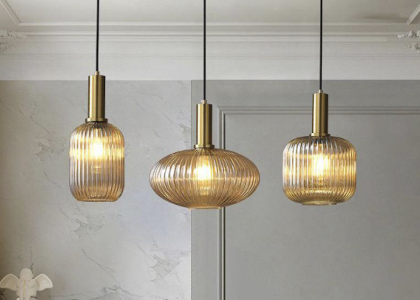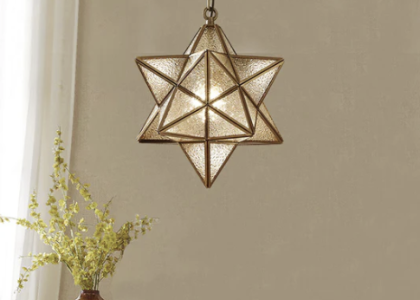Introduction
Wabi is a Japanese aesthetic concept that values the beauty of imperfection, simplicity, and naturalness. It originated in the 14th century as a reaction to the excessive luxury and elaboration of the aristocracy culture. Wabi has since influenced various forms of art, including pottery, tea ceremony, and gardening. In this article, we will dive deep into the essence of wabi, its philosophy, and how it manifests in different aspects of life.
Wabi Philosophy
Wabi is often associated with Zen Buddhism, which emphasizes the acceptance of the present moment and the impermanence of all things. Wabi reflects the idea of the transience and imperfection of life, and that from these imperfections, beauty can arise. The term “wabi-sabi” is often used to describe this concept, where “sabi” refers to the beauty that comes with age and wear. Wabi promotes understated elegance, minimalism, and a deep appreciation for the simple and natural things in life.
Wabi in Art and Design
Wabi has influenced many Japanese art forms, including pottery, painting, and calligraphy. In pottery, wabi emphasizes the beauty of imperfections, such as cracks, uneven shapes, and rustic finishes. It values the unique character and history of each object. In painting, wabi involves the use of minimal lines, subdued colors, and emptiness, creating a sense of tranquility and calmness. In calligraphy, wabi promotes the natural flow and spontaneity of the brush strokes and the harmony between the written characters and the blank space.
Wabi in Tea Ceremony
The tea ceremony is one of the most significant manifestations of wabi in Japanese culture. It involves the preparation and consumption of matcha tea in a serene and stylized environment. Wabi emphasizes the simplicit and understated elegance of the ceremony. The tea room is typically small, with a few chosen decorations and utensils, and the guests are expected to appreciate the experience of the moment, rather than the exquisite tea or the elaborate settings.
Wabi in Gardening
Wabi also plays a significant role in traditional Japanese gardening, where it emphasizes the harmony between nature and human-made elements. The key principles of wabi in gardening include simplicity, asymmetry, naturalness, and subtle beauty. The gardens often feature rocks, sand, water, and plants, arranged in a way that reflects the natural landscape but also offers a sense of serenity and contemplation.




